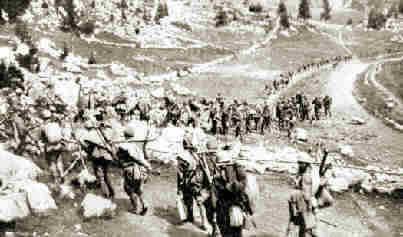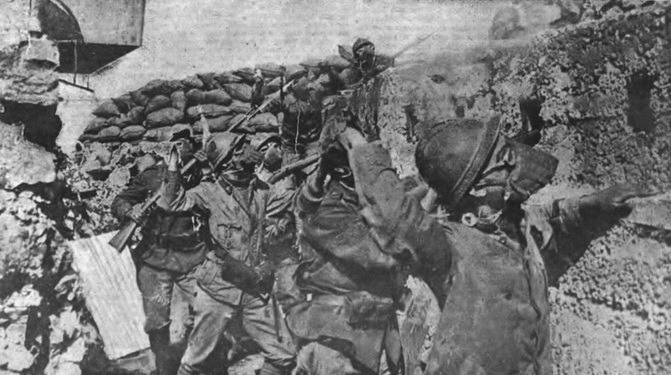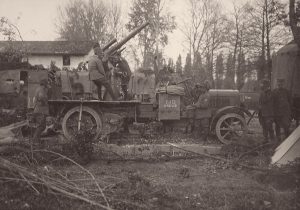

The troops in the Tyrol, while they may be used to defend Slovenia, the German troops used in otl Caporetto and some extra units on the Eastern front may be enough to attack Tyrol successfully, especially with better supply and coordination.

Plus, the supply lines from the Tyrol to Padua are shorter and the Italians, if they don't care, they may lose 2, probably 3 armies as I said because of the longer retreat, especially when they are overconfident. The offensive may be even launched in September just as the Italians are preparing for the decisive blow on Austria Hungary. After all, they did try an offensive when desperate otl and it suceeded. If they use nerve gas and German troops, that might work. The consequences might actually be worse for the Italians in this scenario since they lose at least two armies, probably three, and the supply situation for the Austrians would be better, meaning they could cross the Piave and take Venice, Padua and Verona, therefore causing the Italians to surrender just as they launch their supposedly decisive attack. If any, they could still launched an atl Caporetto style offensive through the Tyrol while the Italians prepare to take Zagreb and the rest of Slovenia. However, I don't think it would force the Italian front to collapse, let alone forcing the Austrians to surrender.

In this scenario, otl 11th battle of the Isonzo would have been ttl's 12th and the Italians would have taken Trieste and entered Slovenia, not only reducing the number of Austrian troops available to defend the frontline but also increasing it. The Austrians, as stated, launched Caporetto because they couldn't face a 12th battle of the Isonzo anymore. In this case, they could have taken Trieste and forced the Austrians to retreat to Slovenia. They would be better launching an eleventh battle of the Isonzo 1 to 2 months earlier. When the battle of Ortigara was over, the Italians had high casualties for little gain. Each was accompanied by a fearful din.What if, the Italians, instead of launching the Battle for Ortigara, instead launched an earlier eleventh battle of the Isonzo? In my opinion, this would have impacted the Isonzo front strategically. Into this fiery cataclysm flew, like fiery meteors flew the shells of great cannons positioned in the village of Soča. The entire horizon in the direction of Bovec was flashing, flooded with flares and flames of firing. They present most comprehensively the events in the Bovec basin, including the German attack with gas shells on the troops of the Friuli Brigade, the breakthrough of the 12th Silesian Division from Tolmin towards Kobarid, and the movement of first lieutenant Erwin Rommel's troop across the slopes of the Kolovrat range to the peaks of Mount Matajur. The preparations for the battle as well as its course are documented in numerous photographs taken mainly in the second half of October 1917 and during the first days of the fighting. (General Otto von Below, Commander, Austrian-German XIV Army, diary) Everything went on excellently for us, since the battlefield was spread below us like an enormous map. It was necessary to explain to our generals the aims, goals, and details of our plan. we could observe from the heights the mountains occupied by the enemy. The extent of this task is illustrated on a 27 m2 large relief model of the Upper Soča Region in the scale 1:5000 and on large maps showing the movements and distribution of military units.Īfter breakfast I inspected the 119th and 121st regiments: excellent condition.

While preparing for the offensive, the attackers had to invest tremendous efforts, and in a little over a month, 2400 trainloads of the necessary supplies and men were shipped to the foot of the mountains and then transported across the mountains to the Soča Valley. By means of new tactics of warfare the other side achieved a victory which in the final year of the war on the Isonzo Front pushed the Italian Army deep back into their territory. This attack surprised the Italian command in the mountainous Upper Soča Region on October 24, 1917. On the second floor, the final campaign of the Isonzo Front, that is the twelfth Isonzo Battle, the counter-offensive by the elite German and Austro-Hungarian troops called the Battle of Kobarid is presented.


 0 kommentar(er)
0 kommentar(er)
